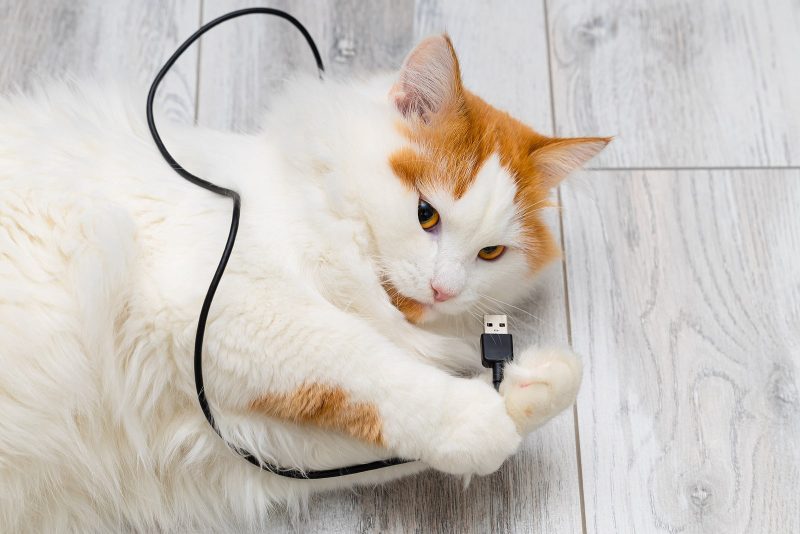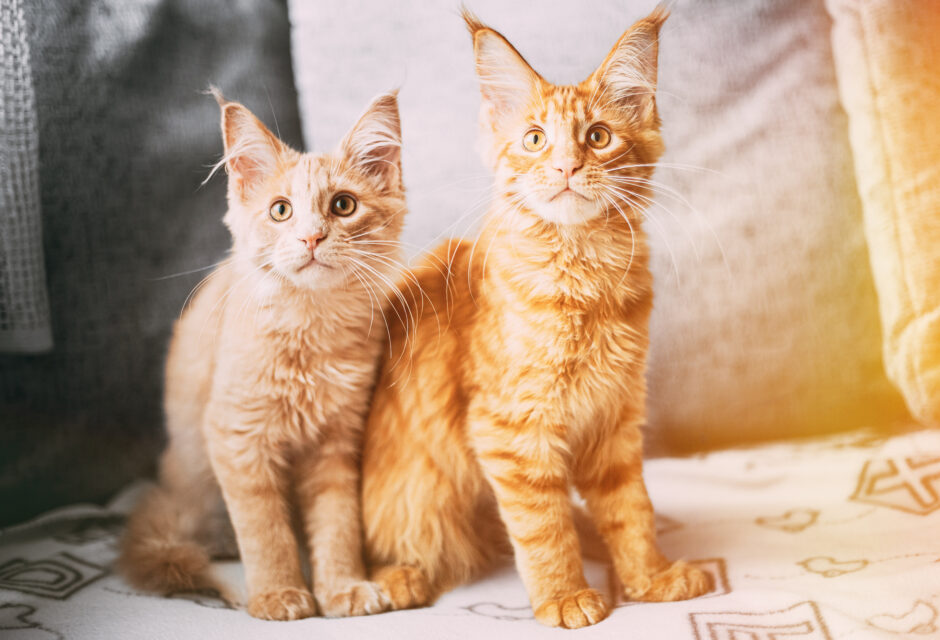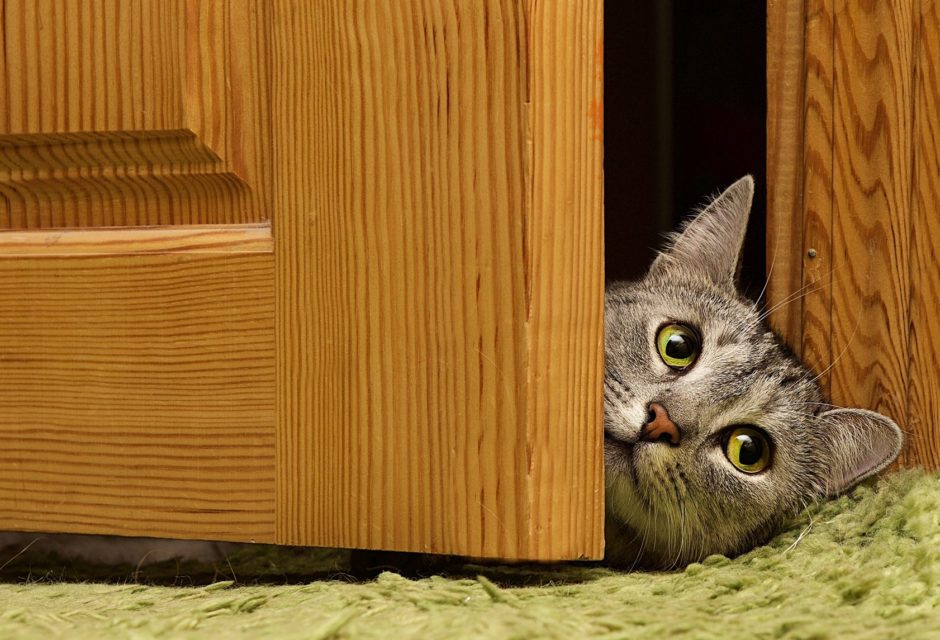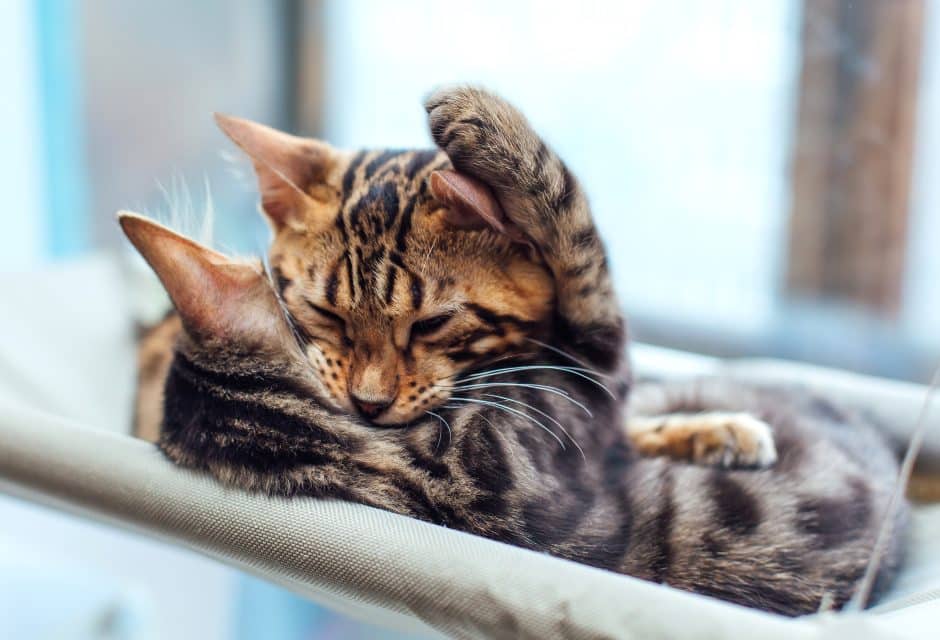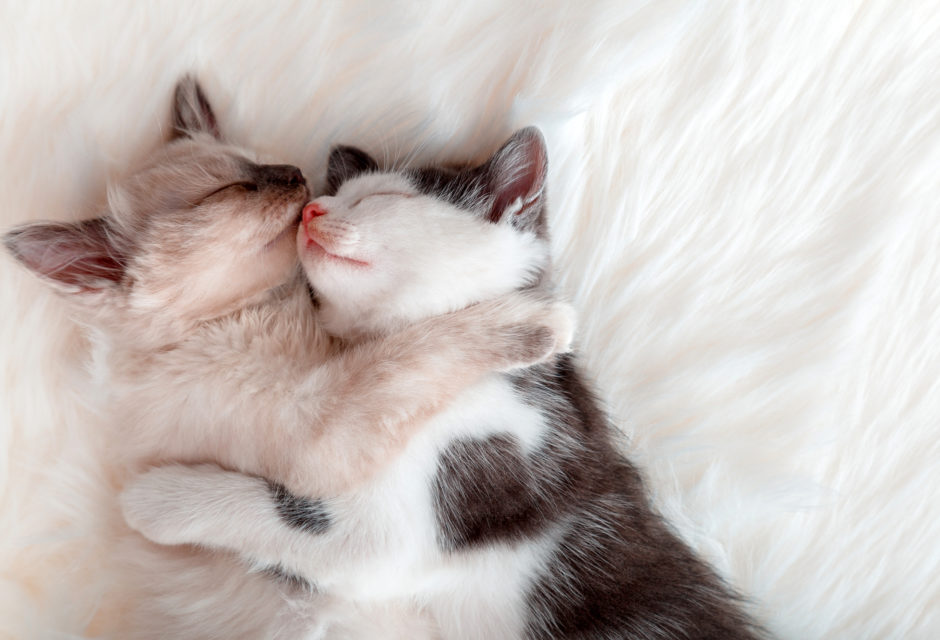

Your Cat Wants You to Stop Doing These 7 Cringey Things
Seven ways you are annoying your cat—and what to do instead
By: Mieshelle Nagelschneider, Cat Behaviourist, host of the TV show My Cat From Hell, and author of the cat behaviour science book, The Cat Whisperer
Last Updated:
Cats can be the most adorable creatures, but they all come with a set of instincts that can cause them to dislike some of our behaviour. Here are seven ways to help your cats better thrive in their environment while making you a less cringey cat owner! Your cat want you to stop doing these things:
#1. Putting All Their Cat Toys in One Basket
If your cats could roll their eyes at this one, they would. Where in nature is all the prey in one location, or always in plain sight? A cat’s natural prey is abundant in both species and habitat. Not only are there different types of prey (birds, mice, insects, reptiles), but they’re also in many different types of resting and hiding locations. A cat’s prey will hide in areas like holes, nests, behind bushes, in trees, under rocks, and in water. When you supply your cat with toys inside the home, try varying both the types of toys and the areas they are located, just like prey in an outdoor environment. Creating this enrichment their instincts yearn for will help avoid a mundane life and a stressed and unhappy cat. If you must put the cat toys in a basket, have several baskets around the home!
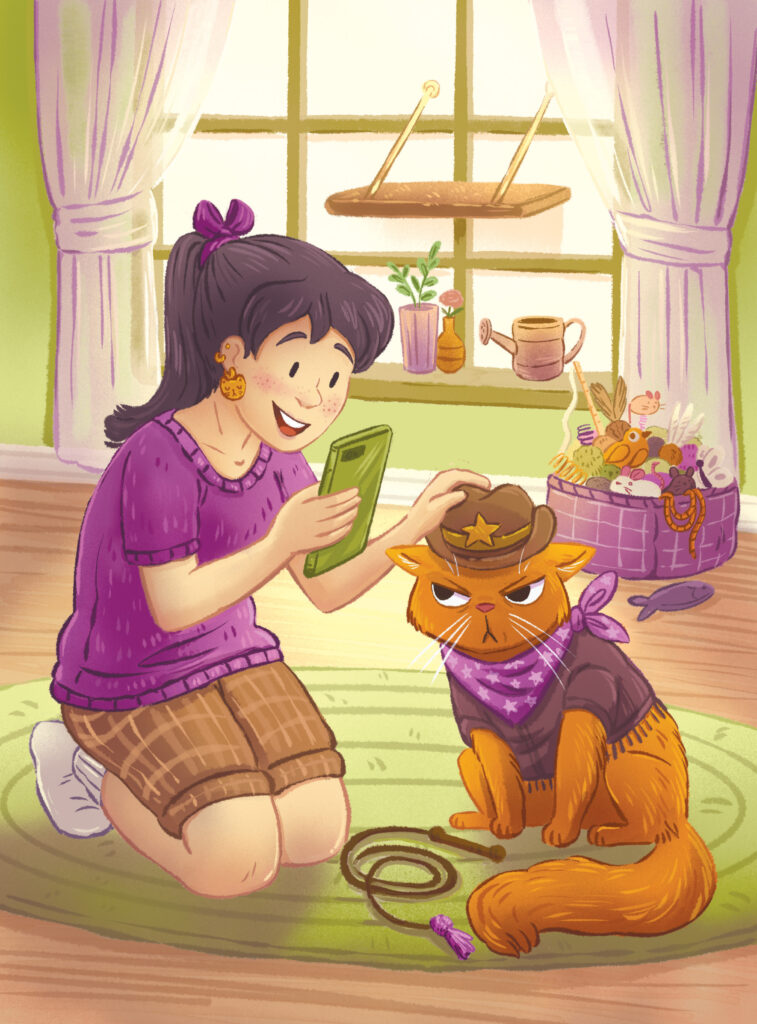
Illustration by Michelle Simpson
#2. Wiggling the Cat Toy in Their Face
Prey mostly moves away from cats, as opposed to moving towards them. When playing with your cat, do your best to maneuver prey away from your cat. This will help replicate real prey behaviour: trying to escape or hide. Doing so will activate the cat’s seeking circuit, which is the best feel-good brain-chemical experience for cats. Hide and seek or “Whack-A-Mole”-type battery-operated toys can also help provide the best part of the hunt: hidden prey. Instinctively, cats will purposely half-kill their prey only to release it so that it will hide. When the prey finally reappears (or it’s pulled out of the hole by the cat), it becomes less exciting to the cat. The cat will eventually release the prey again to repeat the thrill of the hunt. This cycle can continue for some time. You can create this experience for your cat by wiggling your cat’s wand toy behind pieces of furniture so they can hear it but not see it. Using this seeking circuit strategy, many cat owners see their normally sedate cat play for the very first time!
#3. Expecting Them to “Obey”
Cats are not dogs. Interestingly, these two companion animals that live with humans couldn’t be more different from each other. Dogs will obey and try to please the owner to remain a part of the pack, but cats do not share this way of thinking. Think of your cat being more like a squirrel or a raccoon. They might do what you want for food or treats, but obey? It’s just not in their wheelhouse of behaviour traits.
#4. Not Giving them Enough Attention
While cats can sometimes seem distant or aloof, the truth is they have a huge social repertoire. They will rub up against and groom other cats and play-fight with each other. We also know they will perform these behaviours with other species, like dogs—and humans. Talking to your cat, playing with your cat, brushing, and petting your cat are all forms of attention your cat understands. Even spending time in the same room together counts and can develop a bond between you.
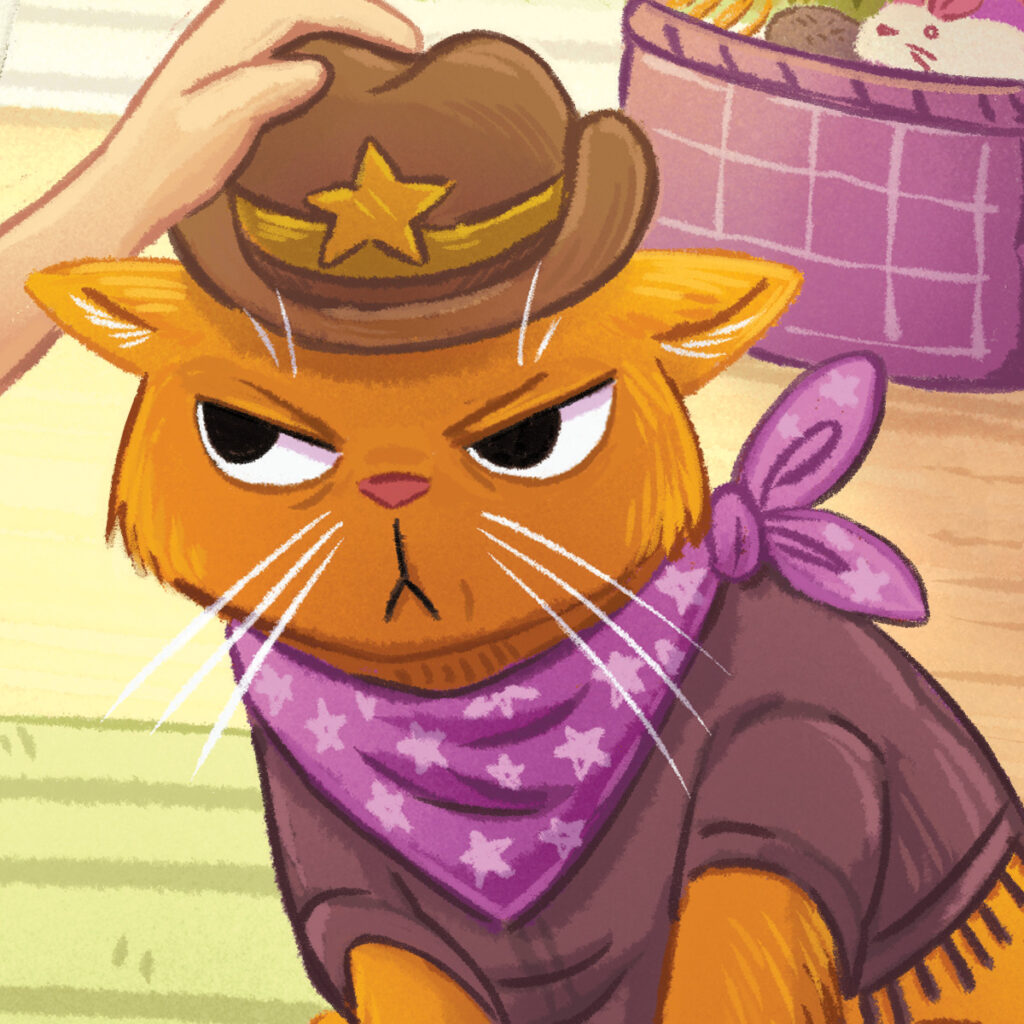
Illustration by Michelle Simpson
#5. Giving Your Cat Too Much Attention
Yes, I know. Cats are mysterious creatures! Have you ever noticed that sometimes your cat doesn’t come when you call but other times comes running? Or one minute your cat can’t seem to get enough attention from you, and the next minute treats you like a roommate they don’t like? Most cats will let you know when they want attention. Others may need a little coaxing. Whatever you do, don’t force the issue or hold the cat against her will. It’s better if the cat feels in control and doesn’t experience any pressure from you. If your cat doesn’t like to be pet very much, try playing with her using a wand toy.
#6 Reprimanding Your Cat
This hopefully goes without saying. Reprimanding or punishing a cat for unwanted behaviour is stressful for the cat and can even be inhumane. It’s unlikely your cat will connect the dots that his behaviour led to your reprimand, and even if it did, it will most likely not stop the undesired behaviour. Your cat may run from you when you clap your hands and tell him no for jumping on the kitchen counters, but he will not understand the behaviour he performed was wrong and that he shouldn’t do it again. He may even decide to jump on the counters when you’re not around because you act so crazy when he does it. Another unfortunate outcome of reprimanding is that your cat may learn to distrust you. Over time he may avoid you and become withdrawn.
#7 Old-School Feeding and Watering
Feeding cats and kittens too many hours apart can create stress. Gone are the days of only feeding a cat twice a day, with meals 10 to 12 hours apart. It’s best to feed your cat multiple times a day with fewer hours in between meals. Having an empty stomach for extended periods of time can lead to one unhappy and stressed cat. Behaviour issues can surface, like increased claw marking, excessive vocalization, aggression between cats, and even aggression towards the owner. There are timed feeders available for both canned and dry cat food to easily make this improved feeding schedule a reality.
This article originally appeared in the award-winning Modern Cat magazine. Subscribe today!
Join the newsletter and never miss out on cat content again!
"*" indicates required fields
By clicking the arrow, you agree to our web Terms of Use and Privacy & Cookie Policy. Easy unsubscribe links are provided in every email.





